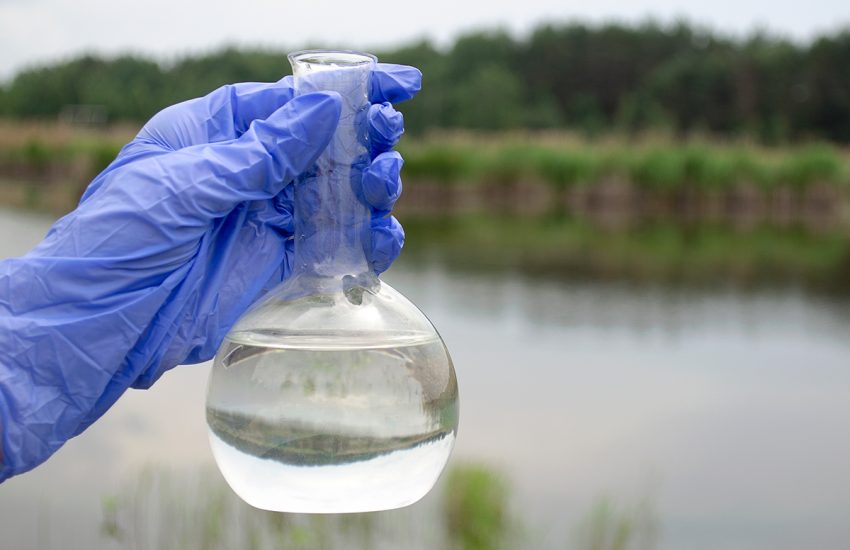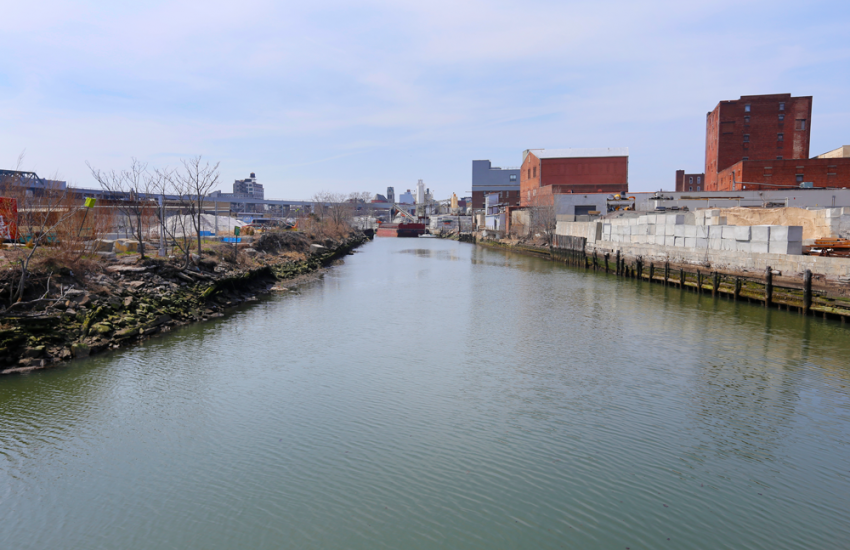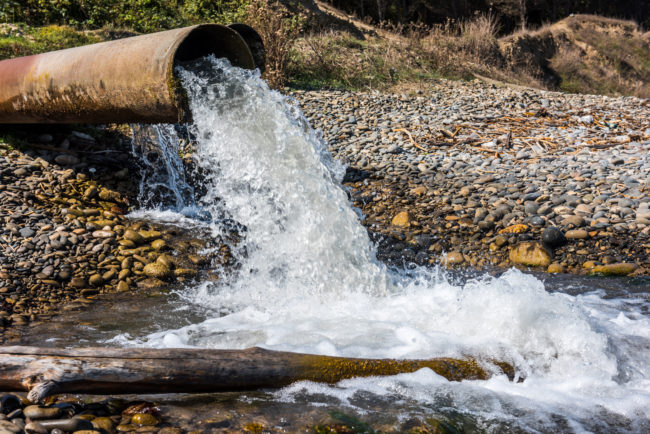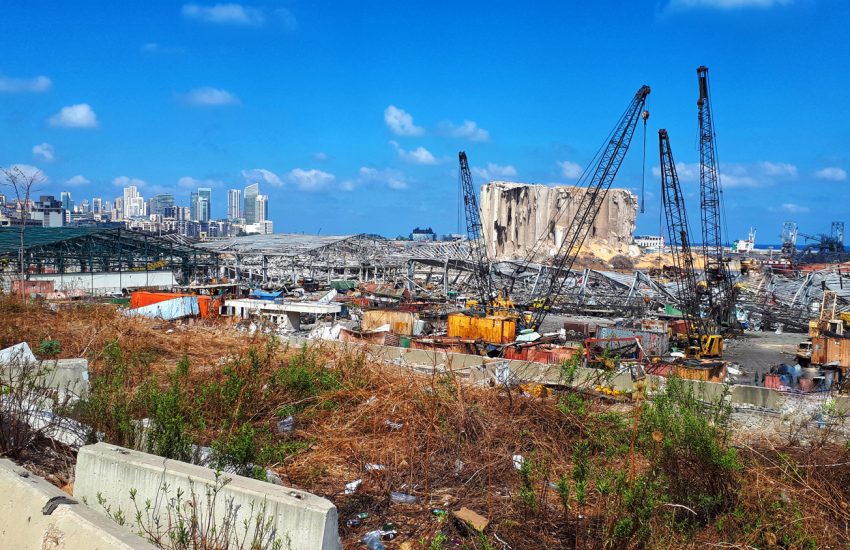As an unprecedented amount of wild fires continue to ravage the state of California, Gov. Gavin Newsom issued Executive Order N-79-20 on September 23, 2020, banning the sale of new gasoline-powered cars and trucks by 2035—an aggressive attempt to combat the effects of climate change.
The order recognizes that bold action is needed to eliminate emissions from transportation, which is the largest source of carbon emissions in the state. The order also notes that zero emissions technologies reduce both greenhouse gas emissions and toxic air pollutants, and …
Continue Reading








